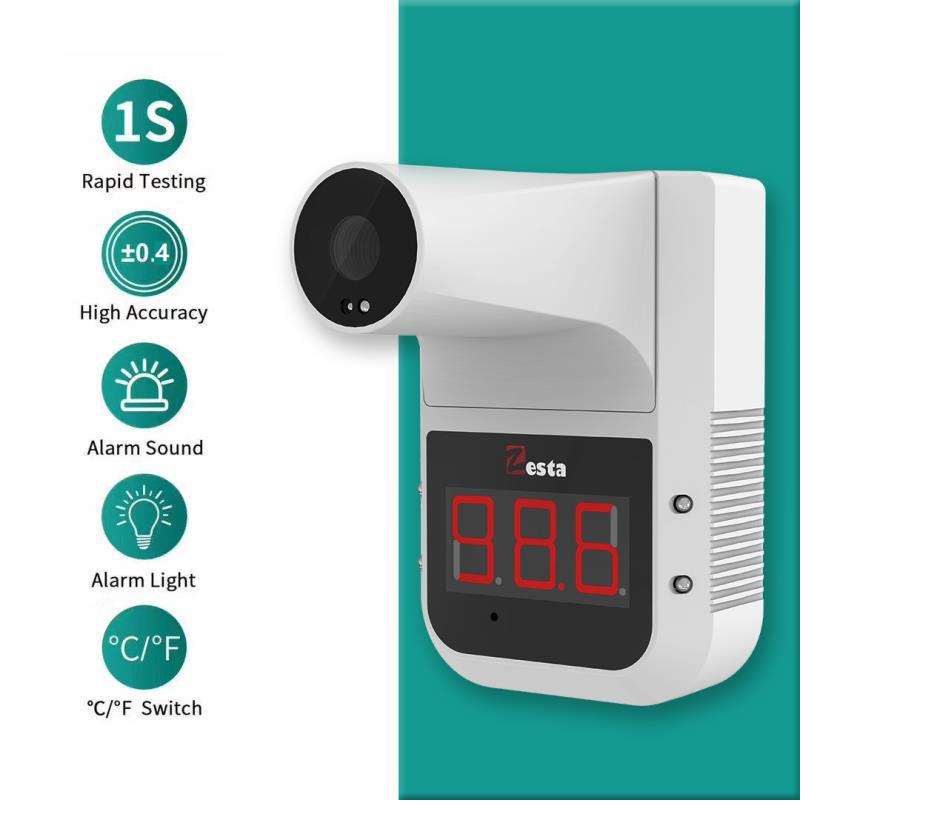Bengaluru, NFAPost: In a significant stride towards India’s ambitious Gaganyaan mission, the Vikram Sarabhai Space Centre (VSSC) in collaboration with the Aerial Delivery Research and Development Establishment (ADRDE) successfully executed a series of Drogue Parachute Deployment Tests. These tests, held at the Rail Track Rocket Sled (RTRS) facility of the Terminal Ballistics Research Laboratory in Chandigarh from August 8 to 10, 2023, mark a crucial milestone in ensuring the safety of astronauts during their journey to and from space.
Central to the Gaganyaan mission is the intricate task of safely transporting astronauts back to Earth. A pivotal role in achieving this lies with the deployment of drogue parachutes. These specialized parachutes play a vital role in stabilizing the crew module and reducing its velocity to manageable levels during re-entry.
The mechanics behind these drogue parachutes are ingenious, to say the least. Packed within pyro-based devices called mortars, they are designed to be ejected into the air upon command. These conical ribbon-type parachutes, boasting a substantial diameter of 5.8 meters, employ a single-stage reefing mechanism that ingeniously minimizes canopy area and mitigates the potential shock during opening. The result is a smooth and controlled descent, a critical aspect of a successful re-entry.
Over the course of three comprehensive tests at the RTRS facility, a wide array of real-world scenarios were meticulously simulated to rigorously assess the performance and reliability of these drogue parachutes. The first test pushed the boundaries by simulating the maximum reefed load, achieving a groundbreaking feat by introducing reefing in a mortar-deployed parachute within India. The second test replicated the maximum dis reefed load, while the third test showcased the deployment of the drogue parachute under conditions mirroring the maximum angle of attack the Crew Module experiences during its mission.
These triumphant tests conducted at the RTRS facility serve as a pivotal qualification milestone for the drogue parachutes, firmly establishing their readiness for integration into the forthcoming Test Vehicle-D1 mission. Notably, earlier this year, the RTRS tests of the Pilot and Apex cover separation parachutes were also successfully carried out. This underlines the steady progress being made in the development of the parachute system for the Gaganyaan mission.
The intricate parachute sequence that governs the Gaganyaan crew module’s deceleration system comprises a total of 10 parachutes. This carefully choreographed sequence begins with the deployment of two Apex cover separation parachutes. This is followed by the deployment of two drogue parachutes, which play a pivotal role in stabilizing the module. Upon release of the drogue parachutes, the mission advances to the extraction phase. In this phase, three Pilot chutes are individually employed to extract three main parachutes, a decisive step in effectively reducing the speed of the Crew Module to safe levels for a secure landing.
As India continues to make strides in its space endeavours, these successful tests stand as a testament to the dedication, innovation, and collaborative efforts driving the Gaganyaan mission forward.





